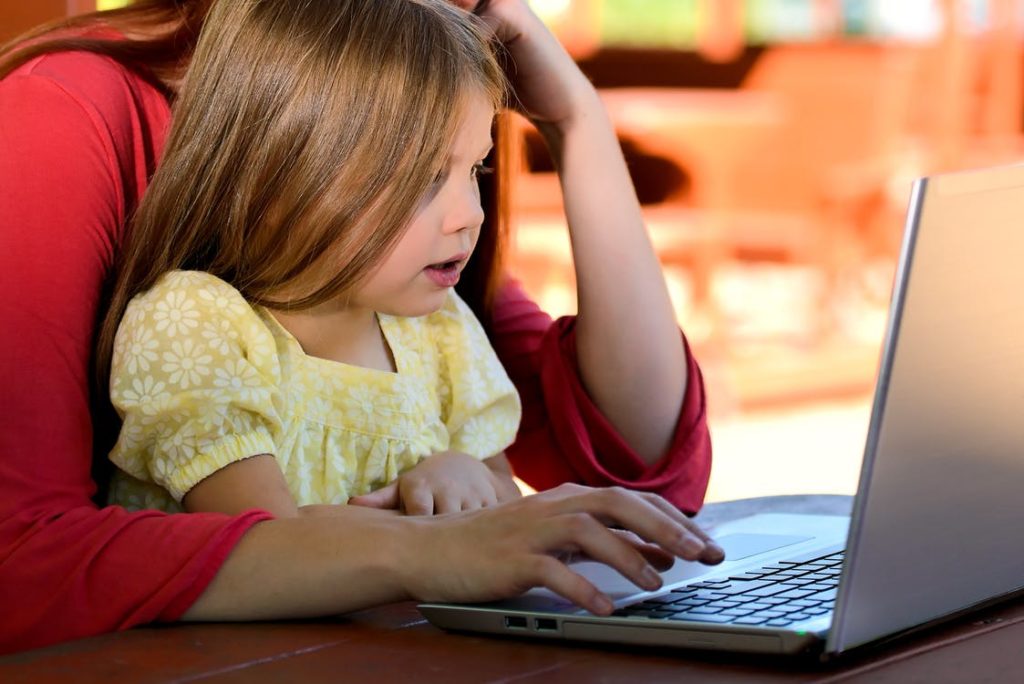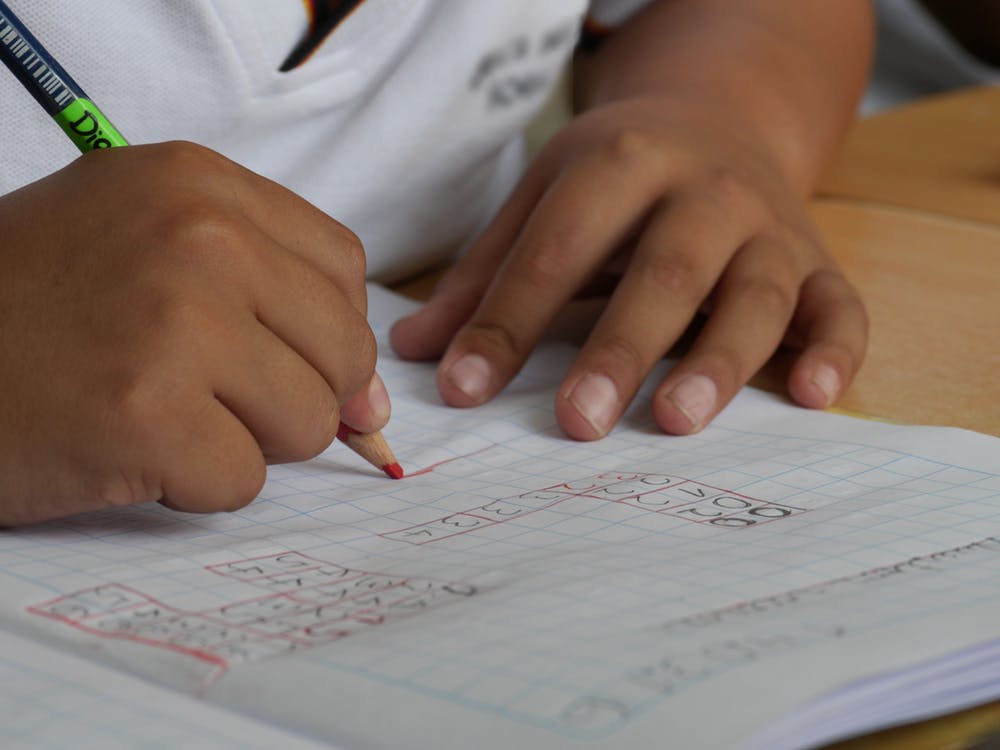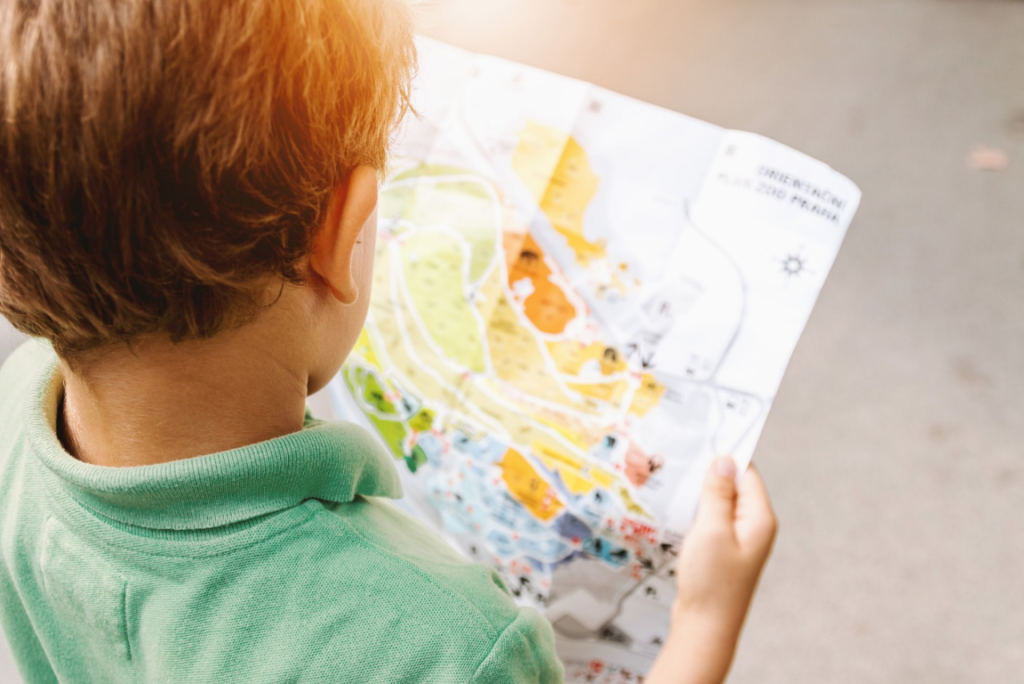When we talk about feeding baby food to babies, most mothers will desire for their babies to be fed home cooked baby food. For mothers who are not working, preparing home cooked food for their babies is of no big issue. They have the time to shop for the freshest natural food including fruits and vegetables. They can then prepare the food in batches, pack and store them in small portions in the freezer. There are some working mothers who will make extra effort to make their own home cooked baby food for their babies this way. This can be very tiring for mothers who worked long hours away from home.
For mothers who are not able to prepare home cooked baby food, they have no choice but to depend on commercial baby food. There are many brands of baby food displayed on the shelves of supermarkets or shopping malls for the mothers to choose from. Compared to home cooked baby food, buying commercial baby food is very convenient.
We all have heard or read that mass-produced baby food is not hundred percent natural. In order to produce baby food commercially, the natural food has to be processed, bottled or packed for distribution. Commercially produced baby food contains additives e.g. rice flour, water, citrus acid and etc. Salt and sugar are also added to the mass produced baby food.

With advanced technology and increase of knowledge, we know that manufacturers of commercially prepared baby food are aiming to produce baby food with quality as near as possible to the best natural baby food prepared by mothers. Amara is one of these baby food that is ranked 2nd this year. Amara baby food is known for using fresh and nutritious ingredients. The fruits and vegetables used are organic and pesticide free. The preparation technique used retains the essential nutrients and goodness of the natural fruits and vegetables and with the minimal addition of sugar.
For mothers who are looking for safe and nutritious baby food, Amara baby food is one of the best options. The baby food come in pouches and each pouches is enough for one meal. The pouches are packed in boxes. They are packed for easy storing and handy for travelling. The shelf life is around 12 – 18 months. Preparation of the baby food is simple. Just add breast milk, baby formula or water. Then mix into a smooth paste and it is ready for your baby to eat.



